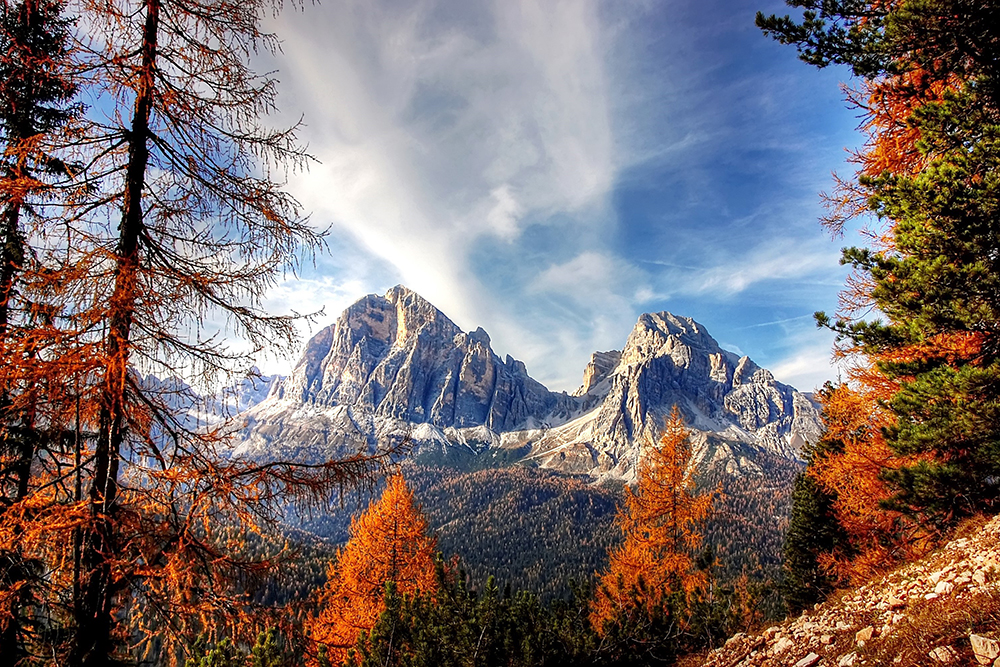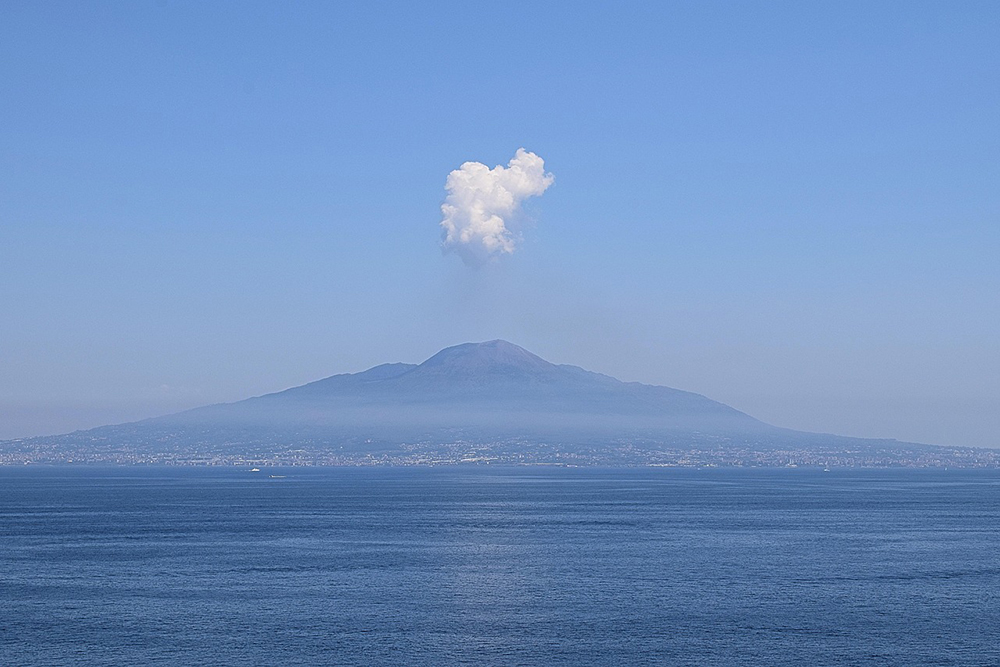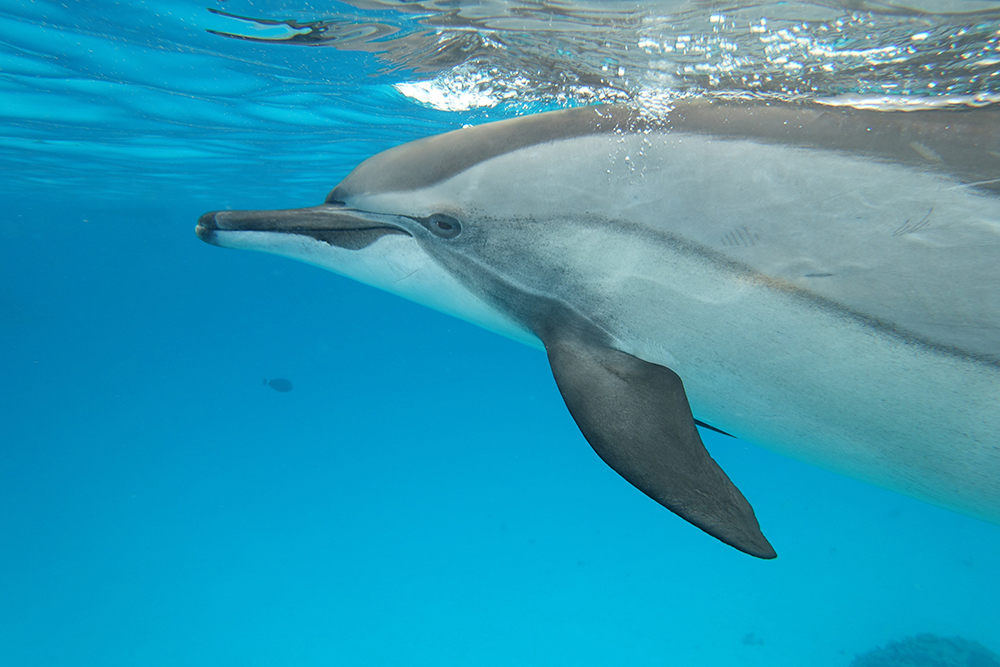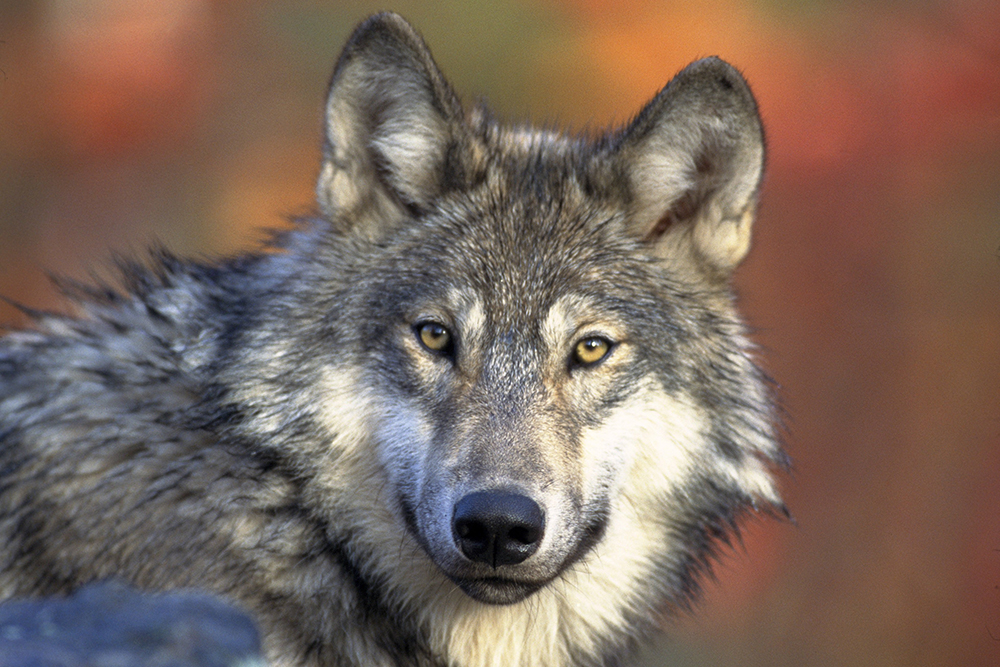
Western Whip Snake
This is one of Italy's most common snake species and is found over the whole of Italy including Sicily, Sardinia and other coastal islands.
Coluber viridiflavus: Western Whip Snake (aka Dark Green Snake, Biacco)
Range:
Identification:
Full adult colouring in fourth year 19 back scales across the mid-body, 187-227 belly scales (187-212 in males and 197-227 in females) and 95-125 pairs of scales beneath the tail. Adults of this species can grow up to 150cm and beyond, they are slender with a smallish, well defined head with smooth scales and prominent eyes with large round pupils. Unfortunately there is a marked variation in the colour of this snake, adding to confusion over species identification. Throughout the south of Italy and Sicily, this species is almost entirely black, but on a whole they tend to have a greenish-yellow ground colour with black/dark green pigment forming crossbars or foreparts over the body to yellowish streaks or rows of spots. The tail of this species is very distinct and the striping is usually much more visible here. The underbelly is yellowish or greyish (rarely reddish) and sometimes has small darker spots.
The juveniles have a very distinct head pattern with light bars between the eyes and spots on the parietal scales with a 'V' or 'W' shaped mark behind these. Their body tends to be a pale grey or olive. This species is often confused with the Balkan Whip Snake (Coluber gemonensis), and although their range does overlap, in respect to Italy, the Balkan Whip snake only occurs in the extreme north east.
Similarly, it has also been likened to the Horseshoe Whip Snake (Coluber hippocrepis) which occurs in the south west of Sardinia and also confused with some of the Rat snake (Elaphe) species found in Italy, but these tend to have characteristic patterns and higher numbers of dorsal scale rows. Another similar species is the Montpellier snake (Malpolon monspessulanus) which occurs in Liguria and Trentino only and has a distinct head shape.
Habits and Behaviour:
This is a frequently spotted, largely diurnal and terrestrial species. It is also a good climber and can be found in a wide range of habitats of mainly dry, open but well vegetated habitats up to 1500m. This species hibernates usually during September to April, in rock cracks, mammal burrows and outbuildings, sometimes communally. It is known to travel quite long distances between it's summer and winter quarters, but when active during the summer they have a very limited area which they use, which has been known in Italy to cover 3,000 metres squared only. Within this area, the snake will hide in the shade during the hottest part of the day and find areas to bask and feed. This snake is very fast and agile, hunting by sight, and is incredibly aggressive if caught or cornered, biting hard and persistently.
Food includes many lizards, small mammals, nestling birds, snakes and frogs. Juveniles eat insects and small lizards and lizard eggs. Males may travel up to 3km to find a mate and will fight with other males, lashing each other with their tails. Females lay between 4-15 elongate eggs, often between 4-7 eggs in Italy, and they are about 30-40mm by 15-22mm in size with star shaped concretions on the shell. After around 6-8 weeks these will hatch with snakes of around 20-25cm long, with the described juvenile coloration until they take the adult markings after 4 years.
© Understanding Italy 2008
This article has been especially commissioned for Understanding Italy. Any reproduction of this material, all or in part, is strictly forbidden.







